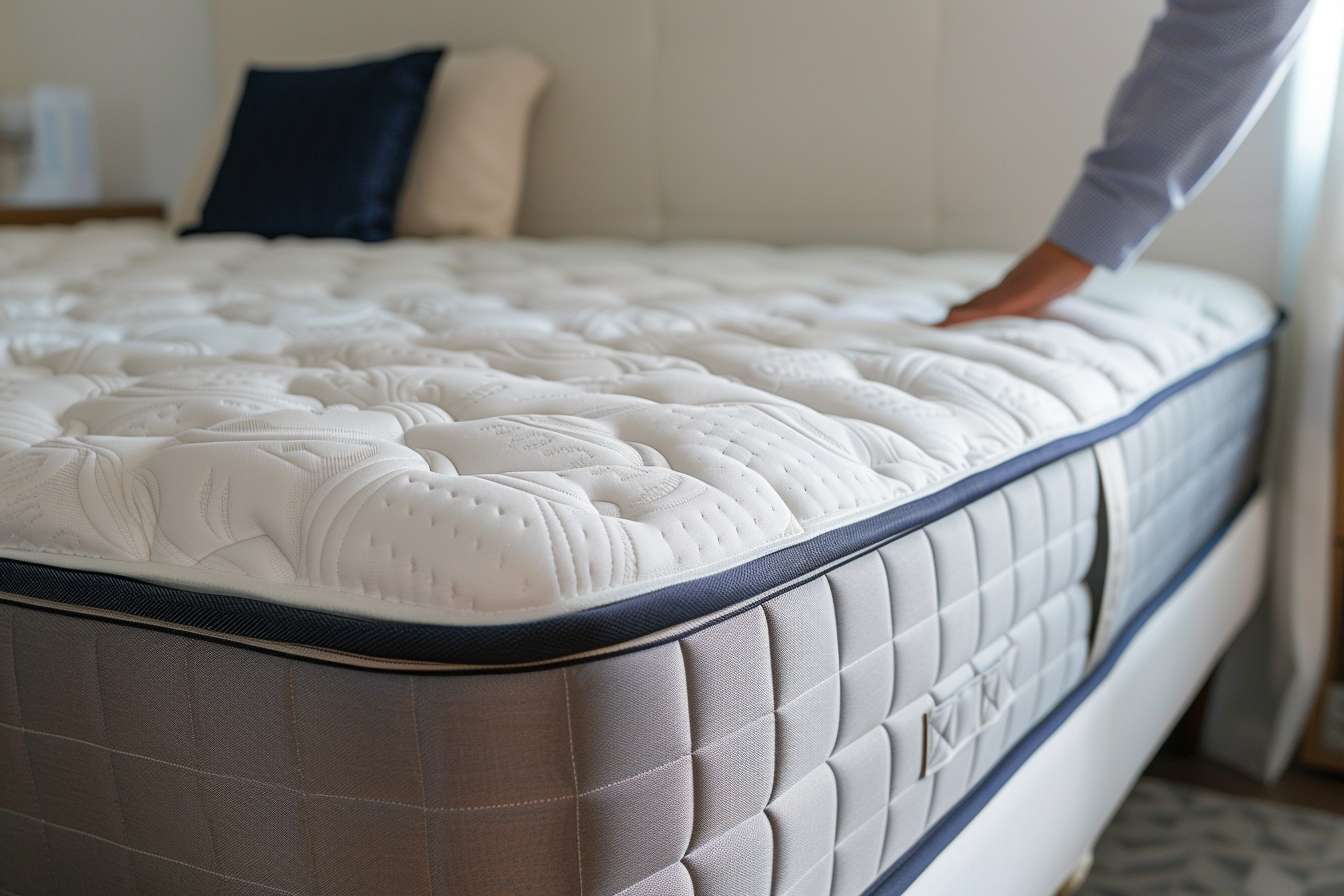Bedding Sets: A Practical Guide to Choosing, Caring for, and Styling Your Bed
Creating a comfortable and stylish bedroom starts with selecting the right bedding set. From understanding what components are included to choosing materials that suit your sleep preferences, the perfect bedding combination can transform both your sleep quality and bedroom aesthetics. This comprehensive guide covers everything you need to know about bedding sets, from sizing and fabric selection to proper care techniques and styling approaches that will help you create a restful sanctuary tailored to your specific needs and climate conditions.

The foundation of any well-appointed bedroom begins with quality bedding that combines comfort, functionality, and style. Whether you’re setting up a new home or refreshing your current sleep space, understanding the components and considerations involved in selecting bedding sets can significantly impact your daily rest and room appearance.
What a Bedding Set Includes and How to Choose the Right Size
A standard bedding set typically includes a fitted sheet, flat sheet, and one or two pillowcases, depending on the bed size. Some comprehensive sets may also feature a comforter or duvet cover, shams, and decorative pillows. When selecting the appropriate size, measurements are crucial for proper fit and appearance. Twin sets work for single beds measuring 39 by 75 inches, while full sets accommodate 54 by 75-inch mattresses. Queen sets fit the popular 60 by 80-inch size, and king sets cover the spacious 76 by 80-inch dimensions. California king sets are designed for the longer 72 by 84-inch mattresses. Always verify your mattress depth, as deeper mattresses may require deep-pocket fitted sheets with elastic bands that extend 15 inches or more.
Materials and Fabric Options: Comfort, Durability, and Breathability
Fabric selection significantly influences sleep comfort and bedding longevity. Cotton remains the most popular choice, with percale weaves offering crisp, breathable properties ideal for warm sleepers, while sateen provides a silky, lustrous finish with moderate breathability. Egyptian and Pima cotton varieties offer superior softness and durability due to their longer fibers. Linen provides excellent breathability and temperature regulation, though it wrinkles easily and has a more relaxed appearance. Microfiber and polyester blends offer budget-friendly options with easy care properties, while bamboo-derived fabrics provide natural antimicrobial properties and moisture-wicking capabilities. Thread count, ranging from 200 to 800, affects feel and durability, with 300-400 thread count often providing the optimal balance of comfort and longevity.
Selecting Bedding Based on Sleep Needs and Room Climate
Your personal sleep preferences and bedroom environment should guide fabric and weight selections. Hot sleepers benefit from lightweight, breathable materials like percale cotton or linen, while those who tend to feel cold may prefer flannel or jersey knit fabrics. Humidity levels affect comfort, with moisture-wicking materials like bamboo or cotton percale performing well in humid climates. Room temperature consistency also matters – if your bedroom experiences temperature fluctuations, layering lighter materials provides better adaptability than single heavy pieces. Consider seasonal variations by maintaining separate sets for summer and winter months, allowing you to adjust warmth and breathability as needed.
Care, Washing, and Storage Tips to Extend Lifespan
Proper maintenance significantly extends bedding lifespan and maintains comfort levels. Wash bedding weekly in warm water using mild detergent, avoiding fabric softeners that can reduce absorbency and breathability over time. Separate colors to prevent bleeding, and wash similar fabrics together to avoid damage from different care requirements. Dry on medium heat or line dry when possible, removing items while slightly damp to minimize wrinkles. Rotate between multiple sets to reduce wear, and store clean bedding in breathable cotton bags or cedar-lined closets to prevent moisture buildup and pest issues. Iron or steam when necessary, using appropriate heat settings for each fabric type.
| Brand | Material | Set Components | Price Range |
|---|---|---|---|
| Brooklinen | Percale Cotton | Sheet Set + Pillowcases | $99-179 |
| Parachute | Linen | Sheet Set + Duvet Cover | $149-299 |
| Casper | Cotton Blend | Complete Set with Comforter | $89-159 |
| West Elm | Organic Cotton | Sheet Set + Shams | $79-139 |
| Target Goodthreads | Microfiber | Complete Bedding Set | $25-65 |
Prices, rates, or cost estimates mentioned in this article are based on the latest available information but may change over time. Independent research is advised before making financial decisions.
Styling and Layering: Coordinating Colors, Textures, and Seasonal Swaps
Creating visual appeal involves balancing colors, patterns, and textures while maintaining functionality. Start with neutral base colors for sheets and major pieces, then add personality through accent pillows, throws, and seasonal elements. Layer different textures – smooth cotton sheets with chunky knit throws or linen duvet covers with velvet pillows – to create depth and interest. Consider the 60-30-10 color rule: 60% neutral base, 30% secondary color, and 10% accent color for balanced visual appeal. Seasonal swaps keep bedrooms fresh – lighter colors and breathable fabrics for spring and summer, richer tones and warmer textures for fall and winter. Mix patterns carefully, ensuring different scales and complementary color palettes to avoid overwhelming the space.
Investing in quality bedding sets that match your sleep needs, room conditions, and style preferences creates a foundation for better rest and an attractive bedroom environment. By understanding the components, materials, and care requirements, you can make informed decisions that provide comfort and value for years to come.




